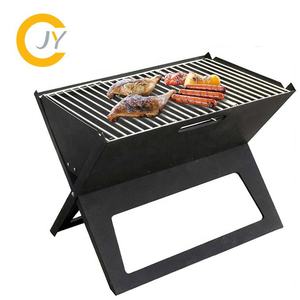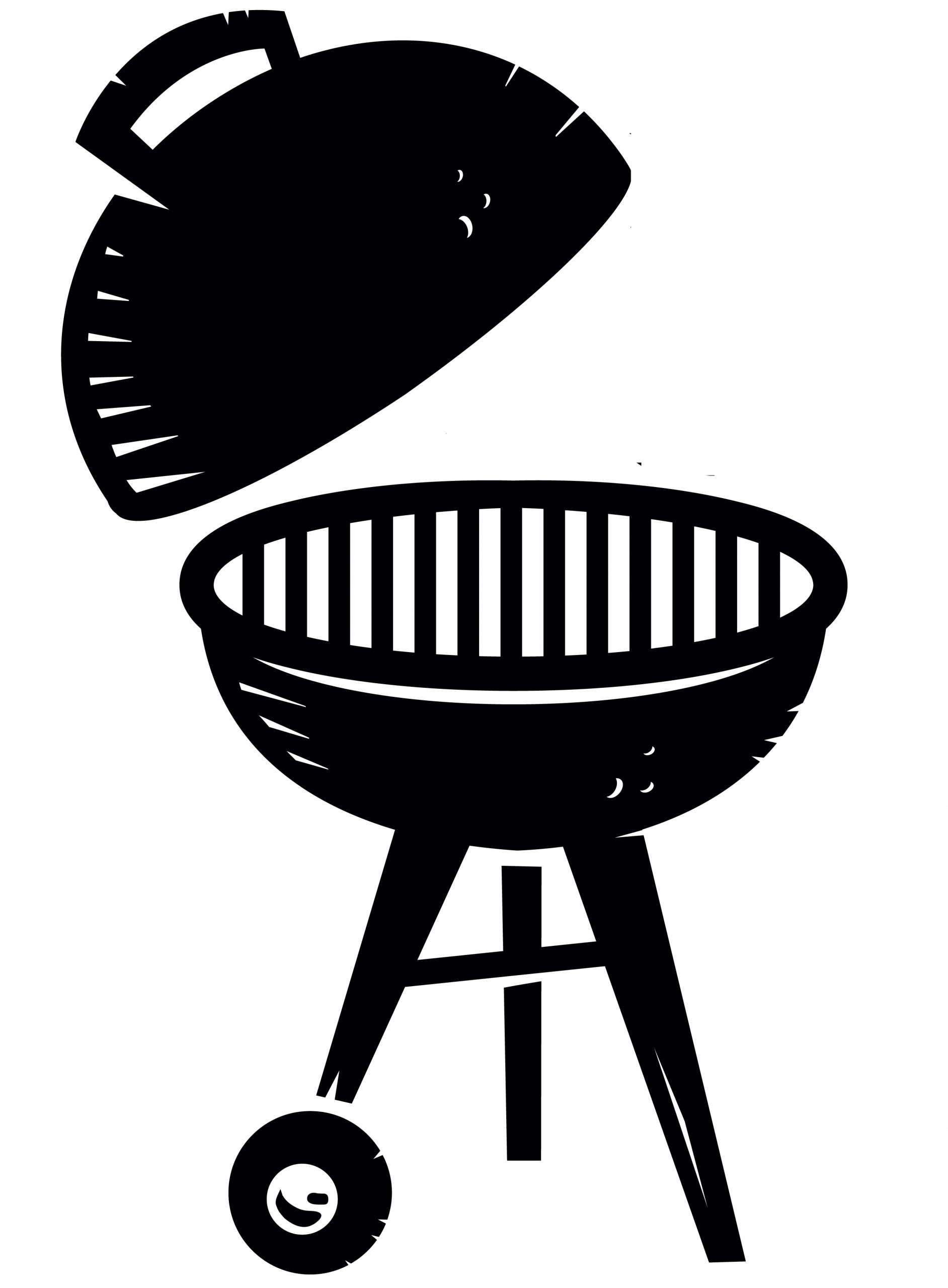When discussing traditional culinary techniques, the gridiron emerges as a classic tool that has withstood the trials of time, affirming its role as a fundamental instrument in the cooking world. For generations, this crucial device has facilitated outdoor cooking, presenting a practical and effective means to grill food directly over an open flame or heat source. This article explores the historical significance, operational mechanics, and various applications of the gridiron, highlighting its enduring presence in kitchens and outdoor cooking environments.
A Journey Through the History of the Gridiron
The gridiron boasts a fascinating history that stretches back to ancient civilizations. The earliest forms were rudimentary metal frameworks with a series of bars designed for cooking over an open fire. Such primitive grilling tools were widespread in numerous cultures, from the Roman Empire to medieval Europe. The term "gridiron" itself comes from the grid-like arrangement of the parallel metal bars.
Traditionally crafted from wrought iron, a resilient and heat-resistant material, these ancient gridirons were typically placed over open fire pits. Meats, fish, and vegetables could be laid directly on the bars for uniform cooking. Over the years, this cooking method evolved into contemporary grilling techniques, yet the fundamental principles behind using a gridiron remain unchanged. Today, gridirons are available in various forms, from compact camping grills to large-scale setups for professional chefs.

Understanding How a Gridiron Operates
The operation of a gridiron is based on a straightforward principle: food is cooked over a direct heat source, such as fire or charcoal, positioned on a grid of metal bars. The gaps between the bars enable heat to circulate uniformly around the food, ensuring thorough cooking from all angles. The bars themselves heat up, creating distinctive grill marks that not only enhance visual appeal but also help to lock in flavors by searing the food's exterior.
Typically, a gridiron consists of parallel metal bars crafted from different materials, including cast iron, stainless steel, or aluminum. The choice of material affects heat retention and food flavor. For instance, cast iron gridirons are celebrated for their ability to maintain consistent heat, making them ideal for cooking thicker cuts of meat that require a longer cooking duration. Conversely, stainless steel gridirons are lightweight, rust-resistant, and easy to clean, making them suitable for regular grilling activities.
Varieties of Gridirons and Their Applications
Gridirons come in various types, each tailored for specific cooking requirements. Below, we explore some of the most common types and their optimal uses:
Classic Cast Iron Gridiron
The classic cast iron gridiron is the quintessential choice for cooking over an open flame. Its durability and heat retention are perfect for grilling steaks, burgers, and fish. The robust cast iron bars can endure high temperatures, and with proper seasoning, they provide a natural non-stick surface that enhances the food's flavor. Cast iron gridirons are particularly popular for campfire cooking and are favored by outdoor grilling enthusiasts.Lightweight Stainless Steel Gridiron
Stainless steel gridirons are known for being lightweight and resistant to rust, making them a practical choice for everyday use, especially in outdoor grilling setups or portable grills. Their smooth surfaces facilitate easy cleaning post-use, a considerable benefit for outdoor cooking. These models are commonly used in modern gas or charcoal grills and excel in cooking items that do not require heavy searing, such as vegetables, poultry, or delicate fish.Adjustable Height Gridirons
Some gridirons feature adjustable height mechanisms that allow users to modify the distance between the food and the heat source. This capability is especially beneficial when grilling various food types simultaneously, providing greater control over the cooking process. Adjustable gridirons are versatile and often employed in professional or competitive grilling environments, where precise cooking is crucial.Compact Portable Gridirons
Designed for convenience, portable gridirons are compact and often crafted from lightweight materials like aluminum or stainless steel, making them easy to transport. These gridirons are popular among campers, hikers, and outdoor lovers seeking a quick and efficient grilling method in remote locations. Despite their size, portable gridirons can reach the high temperatures necessary for effective grilling, making them an excellent option for on-the-go cooking.

Advantages of Cooking with a Gridiron
Utilizing a gridiron offers numerous benefits, particularly in terms of flavor, texture, and versatility.
Enhanced Flavor Profiles
One significant reason many prefer using a gridiron is the unique flavor it imparts to the food. The direct contact with the heated metal bars produces iconic grill marks and facilitates the Maillard reaction, a chemical process that browns and crisps the food's exterior, locking in moisture and developing rich flavors. The open-flame cooking method enhances a smoky, charred flavor that is hard to replicate through other cooking techniques.Uniform Cooking
The design of a gridiron guarantees even cooking on all sides. As heat circulates through the gaps between the bars, every part of the food receives an equal amount of heat, reducing the risk of overcooking or burning. This uniformity is vital when grilling thicker cuts of meat, where achieving the right balance between a crispy exterior and juicy interior is essential.Versatility in Cooking
A gridiron is an incredibly adaptable cooking tool. While it's primarily associated with grilling meat, it can also be utilized for a wide array of other foods, including vegetables, seafood, and even fruit. The ability to adjust the heat source or the gridiron's height allows for precision cooking, making it suitable for both slow-cooking and rapid searing.Durability and Longevity
Gridirons, particularly those made from cast iron or stainless steel, are designed for longevity. With proper care, a high-quality gridiron can last for decades, making it a wise investment for serious outdoor cooks. Regular cleaning and seasoning of cast iron gridirons help prevent rust and ensure the tool remains in optimal condition for years to come.
Caring for Your Gridiron: Maintenance Tips
To maximize the lifespan of your gridiron and maintain high cooking performance, proper upkeep is essential. Here are some maintenance tips to keep your gridiron in excellent condition:
Seasoning: For cast iron gridirons, seasoning is crucial. After cleaning, apply a thin layer of vegetable oil to the bars and heat the gridiron to bond the oil with the surface. This process creates a natural non-stick layer that improves over time.
Cleaning: Clean your gridiron after each use. A wire brush can effectively remove food particles from stainless steel gridirons. Avoid harsh chemicals or steel wool, as they can damage the surface.
Storage: Store your gridiron in a dry location to avoid rust. If using a cast iron gridiron, consider applying a light coat of oil before storage to protect the metal.

Conclusion
In conclusion, the gridiron is an invaluable culinary tool that has been utilized for centuries to create delicious, flame-kissed meals. Whether you are a professional chef or a casual griller, investing in a quality gridiron can enhance your cooking experience, offering versatility, durability, and the ability to craft mouthwatering dishes with unparalleled flavor. From its historical roots to its contemporary applications, the gridiron remains an essential and timeless tool for any cooking enthusiast striving for perfectly grilled food.
